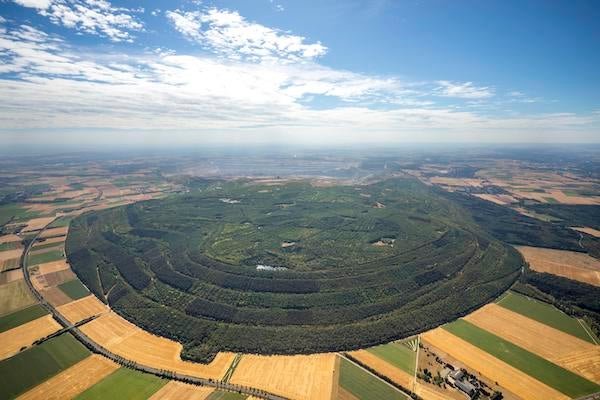Climate is Changing the effect of Snowball - Can new technology will help?
It begins at the height of winter in the mountains when the topography is unstable. The inspectors arrived in skirts, snow boots, and snowmobiles. Some flew in a helicopter. Others travel in the backyard for days. When they arrive at their destination, there are important details to be gathered: the depth of the ice bag and how much water it holds. In parts dealing with the effects of climate change, more hinges are on the results.

"It's all because of how much water it makes in the lake," said Sean de Guzman, head of ice and water forecasting research at the California Department of Water Resources. De Guzman is lighter than others. Between February and May, about the first month of each month, he drives to Phillips Station - a 2,500-foot-high [2,100 m] elevation in Sierra Nevada. There, he manually puts a tube in a bag of ice, metal and a method developed in the early 20th century by James Church, a professor at the University of Nevada, Reno who wanted to help end local water wars by finding a way to estimate how much Lake Tahoe would rise in spring. With a tube, de Guzman is able to measure the amount of ice water, or the amount of water the ice contains in that area.
Today there are about 1,600 snow courses in the United States, with about 260 people in California, mainly in Sierra Nevada and the southern Cascades. Some go back more than a century. The data from these areas, said de Guzman, represents the longest weather record in Sierra Nevada. In the West, manual snowmobiles are further enhanced by data from an automated snow telemetry network (SNOTEL) maintained by the Department of Agricultural Resources of Nature Resources that provides snow hour estimates.
The implication is that data collected by snow inspectors, water resource managers, policymakers, and millions of people who have endured water shortages, droughts, floods, and wildfires that the effect of climate change often begins, appropriately, with snow. And the snow - how much snow, where and when, how much accumulation, and how quickly it melts - changes.
"Overall, over the past 70 years, we have seen a decline in snowfall," De Guzman said. "With warmer temperatures and warmer weather, you can expect the ice line - basically when that snow turns into rain, and similarly - to increase," or rise.
Although the details of the snow test are very promising, some weather conditions could prevent a good result. At 59% of the average on April 1, California's 2021 winter snow had more snow than estimated at any of the 2012-2016 drought years. At the height of the drought in 2014, ice cover on April 1 was only 5% of the average. However, de Guzman said, the 2021 snowfall produced the same amount of running time as those of the driest years. "When you have a lot of snow, you expect a lot of [running], but that hasn't happened this year," he said. The reason in part was that another year of low rainfall led to dry soil, which greatly irrigated the water supply. "The snow was melting," said Guzman, "but the rivers were not rising."
Thank you for reading...
For more,you can visit this community
JOIN WITH US ON DISCORD SERVER: